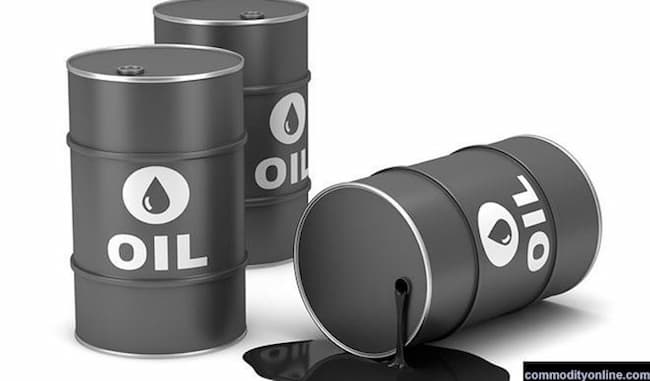Global oil prices show a modest increase on Thursday, the first trading day of 2025. Brent crude futures rise to $74.80 per barrel, up by 17 cents or 0.06%, while U.S. West Texas Intermediate (WTI) crude futures increase to $71.91 per barrel, gaining 19 cents or 0.26% in early trading.
The slight uptick follows a positive close to 2024, where Brent added 65 cents, and WTI gained 73 cents on New Year’s Eve.
Key Trends Impacting Oil Prices
Oil prices throughout 2024 fluctuate due to geopolitical tensions in the Middle East and declining oil demand from China.
Hopes for Economic Recovery in China
Investors remain optimistic about a potential rebound in China’s economy, which could boost global oil demand. In his New Year’s address, Chinese President Xi Jinping pledges to adopt aggressive policies to stimulate economic growth in 2025.
Data from recent surveys indicate a slowdown in factory activity in December 2024 but point to growth in the services and construction sectors, hinting at the effects of government stimulus.
However, concerns persist about possible trade tensions as President-elect Donald Trump prepares to take office on January 20, potentially impacting global economic dynamics.
Focus Shifts to U.S. Market Data
Market participants await critical U.S. oil inventory data and the ISM manufacturing report, both of which could influence price direction in the coming days. Analysts note that current trends suggest significant price movements may occur soon.
Nigeria’s Oil Strategy for 2025
The Nigerian government sets its 2025 budget with an oil price benchmark of $75 per barrel and aims to increase production above 2 million barrels per day, indicating confidence in stable market conditions.
Key Drivers of Oil Prices in 2025
China’s Demand:
China’s oil consumption is projected to peak in 2025, potentially driving prices higher. Projections suggest demand could reach 770 million tonnes this year.
India’s Market Growth:
India, now the world’s most populous nation, is expected to surpass China as Asia’s largest oil consumer. Rising demand from India could significantly impact global prices.
U.S. Oil Production:
President-elect Trump commits to increasing U.S. oil output. However, experts caution that the private sector drives the industry, and immediate changes may face challenges.
OPEC’s Influence:
The Organization of the Petroleum Exporting Countries (OPEC) continues to face challenges in controlling oil prices. The effectiveness of its strategies in 2025 remains uncertain.
As these factors unfold, the global oil market braces for a year of potential growth and volatility.














